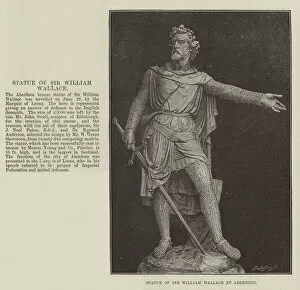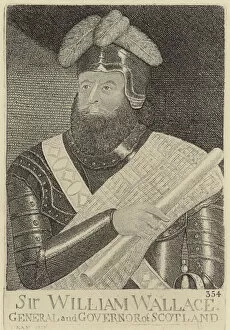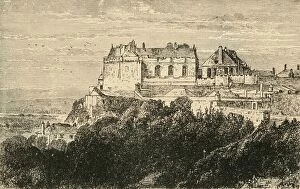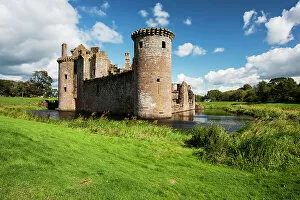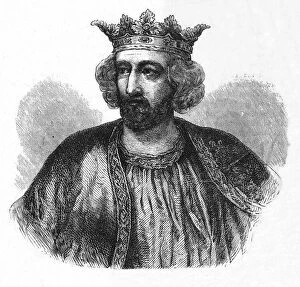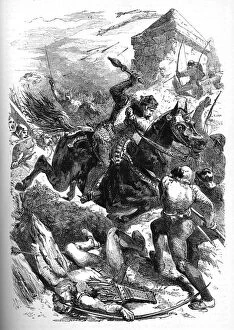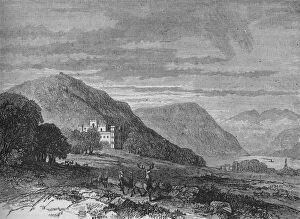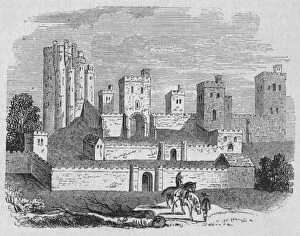Wars Of Scottish Independence Collection
"The Wars of Scottish Independence
For sale as Licensed Images
Choose your image, Select your licence and Download the media
"The Wars of Scottish Independence: A Struggle for Freedom and Identity" The statue of Sir William Wallace at Aberdeen stands as a powerful reminder of Scotland's fight for independence. Through the engraved portrait, we catch a glimpse of the fierce determination in William Wallace's eyes, symbolizing his unwavering commitment to liberate Scotland. Another striking engraving portrays William Wallace, depicting his heroic stance against English oppression during the Wars of Scottish Independence. Stirling Castle, captured in an 1890 photograph by an unknown creator, witnessed intense battles that shaped Scotland's destiny during this pivotal period. Edward I, depicted in a c1880 image, was both feared and despised by Scots as he sought to tighten England's grip on their land. At Berwick, another c1880 portrayal shows Edward I asserting his authority over Scottish territories with ruthless force. The death of James II marked a turning point in the wars; captured in a c1880 illustration, it signified both loss and renewed determination among Scots to continue their struggle for freedom. Berwick itself became a battleground during these conflicts; captured through an artistic lens in c1880 imagery showcasing its significance within the wider conflict narrative. In 1297 (1864), artist James William Edmund Doyle depicts Wallace rejecting English proposals with defiance and resilience—a defining moment that rallied Scots behind their national hero. The Siege of Berwick is immortalized through another c1880 depiction—an enduring testament to the relentless fighting spirit displayed by both sides throughout these turbulent times. Lochleven emerges as yet another site entangled within this historical tapestry—c1880 imagery captures its role amidst shifting allegiances and strategic importance during the wars' unfolding drama

